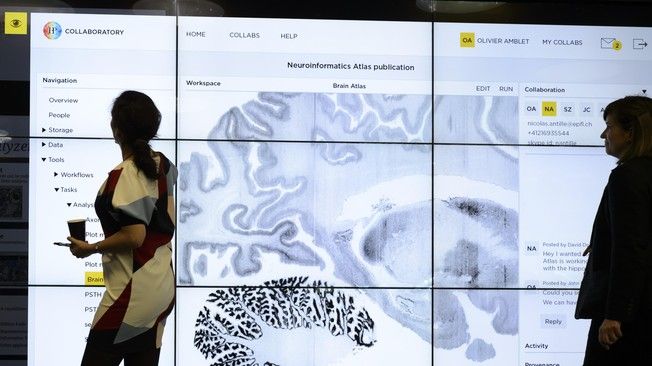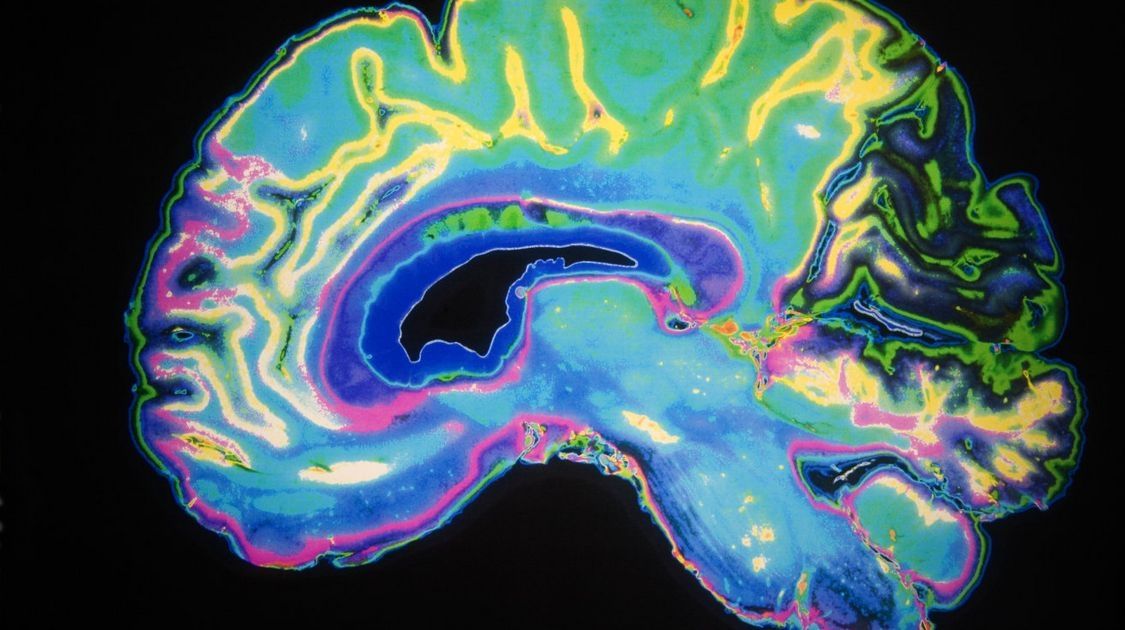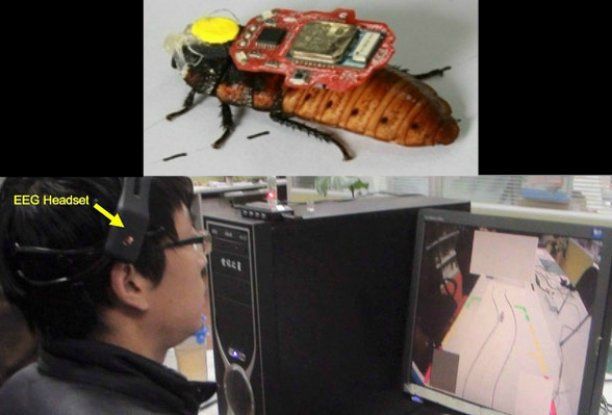Apr 8, 2016
IBM’s brain-inspired chip TrueNorth changes how computers ‘think,’ but experts question its purpose
Posted by Karen Hurst in categories: neuroscience, quantum physics, robotics/AI, singularity, supercomputing
I see great potential for the TrueNorth chip as we migrate towards Quantum & Singularity. TrueNorth is an interim chip that assists researchers, engineers, etc. in their efforts to mimic the human brain’s nuero sensors and processing for robotics, BMI technology, etc.
The new IBM supercomputer chip mimics the human brain by using an architecture with 1 million neurons. Nevertheless, its true purpose remains in question for a project with massive public funding.















